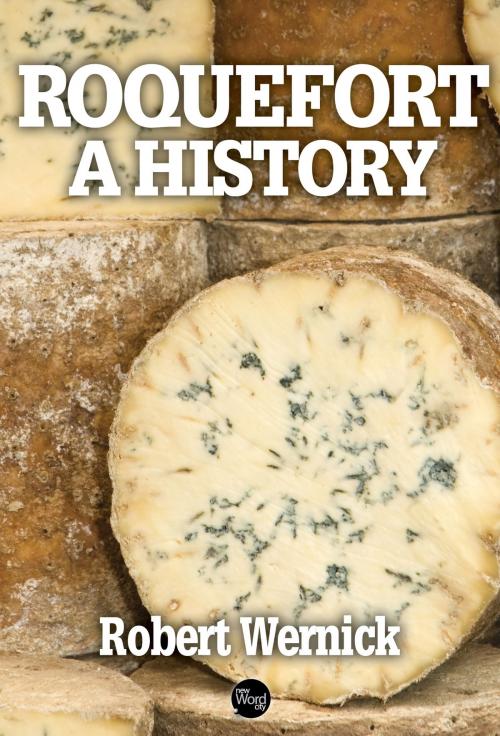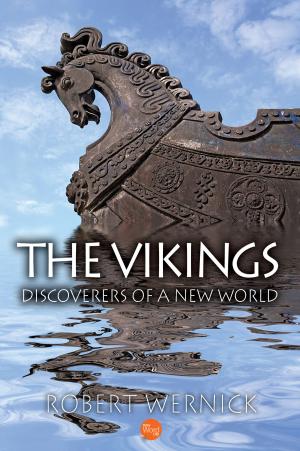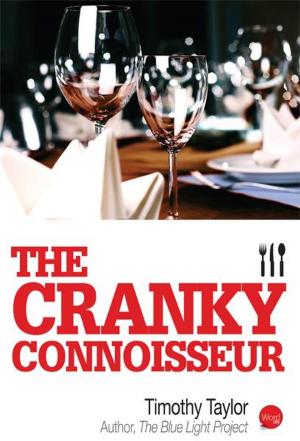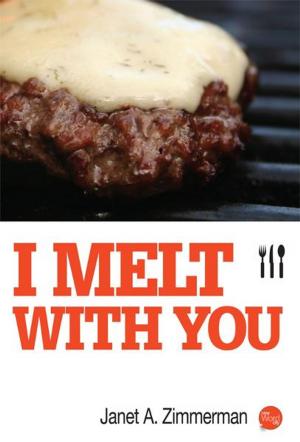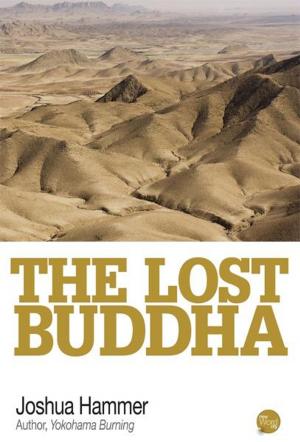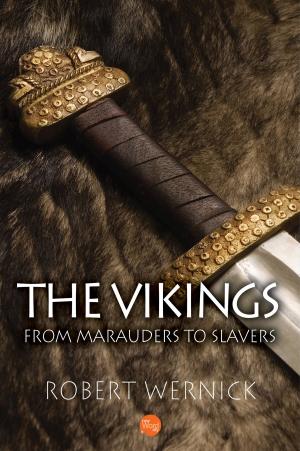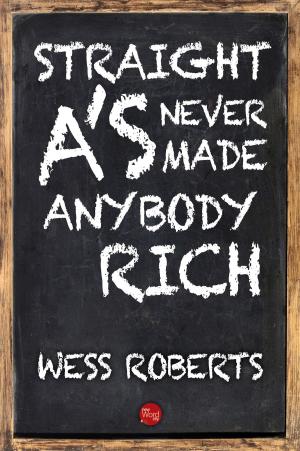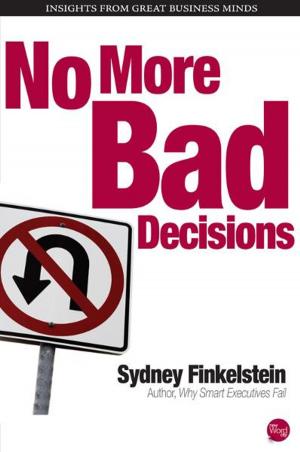| Author: | Robert Wernick | ISBN: | 9781612305929 |
| Publisher: | New Word City, Inc. | Publication: | April 19, 2017 |
| Imprint: | Language: | English |
| Author: | Robert Wernick |
| ISBN: | 9781612305929 |
| Publisher: | New Word City, Inc. |
| Publication: | April 19, 2017 |
| Imprint: | |
| Language: | English |
Roquefort is a unique product. Anyone can make a cheese with holes in it and call it Swiss. Anyone can mix mold with curdling milk and produce a cheese that he or she can call "blue." But Roquefort is not to be confused with ordinary blue cheese. For one, it is made with ewe's milk, not cow's, and hence has a juicier texture. For another it is made under ideal conditions in a refrigerating and humidifying plant that would cost a fortune to duplicate, but is provided in France courtesy of Mother Nature. Here, in this essay by award-winning journalist Robert Wernick, is Roquefort's tasty story.
Roquefort is a unique product. Anyone can make a cheese with holes in it and call it Swiss. Anyone can mix mold with curdling milk and produce a cheese that he or she can call "blue." But Roquefort is not to be confused with ordinary blue cheese. For one, it is made with ewe's milk, not cow's, and hence has a juicier texture. For another it is made under ideal conditions in a refrigerating and humidifying plant that would cost a fortune to duplicate, but is provided in France courtesy of Mother Nature. Here, in this essay by award-winning journalist Robert Wernick, is Roquefort's tasty story.
